Photos: Declining rain stresses need for water conservation in Meghalaya
Updated On Jan 12, 2020 12:13 PM IST
The north-eastern state of Meghalaya, home to two of the wettest places on earth, is facing a decline in the rainfall. Climate change is bringing erratic weather -- flood and drought, sometimes in the same area. Scientists say the monsoons now bring less rain in total, while the demand for water increases as the population, economy, and industry grows. The rains come in increasingly violent deluges, but with little storage options, most of the rain is lost as run-off. These developments have awakened the residents of the state, who are now more conscious about their water consumption. The authorities are now working with communities to build rainwater reservoirs for each area.
1 / 12
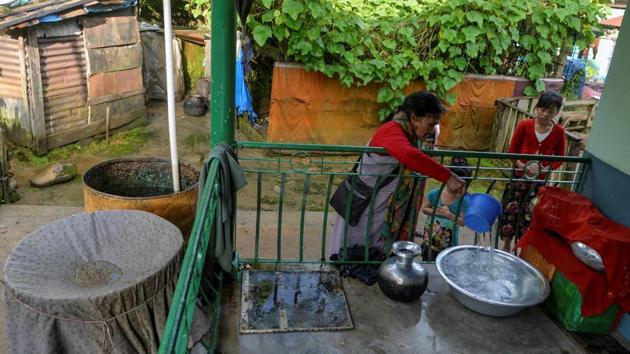
Updated on Jan 12, 2020 12:13 PM IST
Tyllod Khongwir fills a container from a storage of rain water collected at her home at Nongthymmai-Lumthangding village on the outskirts of Shillong, Meghalaya. Every drop of rain water trickling down Khongwir’s rusty tin roof and into her house is collected. Meghalaya, home to two of the wettest places on earth, is among the greenest states in India but it has rapidly lost its rich rainforests over the last few decades. (Diptendu Dutta / AFP)
2 / 12
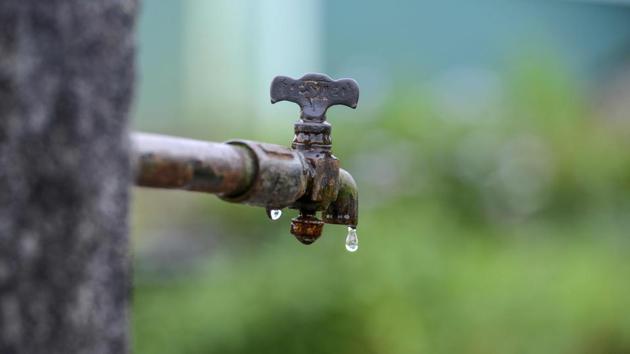
Updated on Jan 12, 2020 12:13 PM IST
Drops of drinking water leak from a tap at Mawsynram in Meghalaya. Khongwir’s village, Cherrapunji, once held the record -- at its wettest, in 1861, it received almost 23 metres (75 feet) in a year. Now it registers around half that. (Diptendu Dutta / AFP)
3 / 12
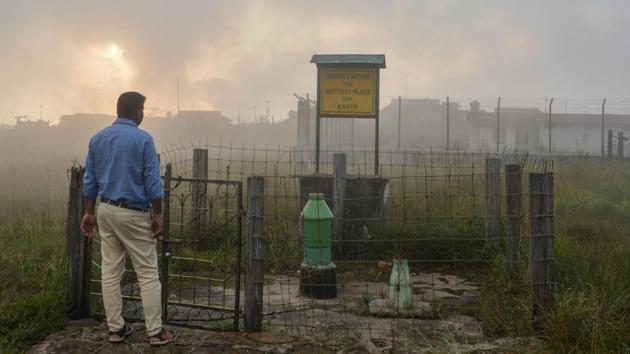
Updated on Jan 12, 2020 12:13 PM IST
A man stands near a board which reads 'The Wettest Place On Earth' at Mawsynram. Neighbouring Mawsynram village is now officially recognised as the wettest place on earth with close to 12m of rain falling each year, but even there villagers say everything is changing. (Diptendu Dutta / AFP)
4 / 12
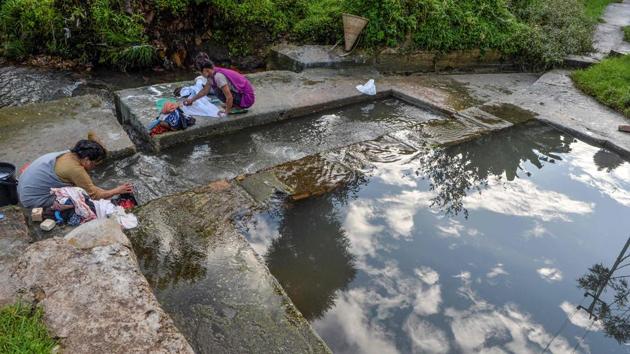
Updated on Jan 12, 2020 12:13 PM IST
Women clean clothes in a stream at Nongthymmai-Lumthangding village on the outskirts of Shillong. Climate change is bringing erratic weather -- flood and drought, sometimes in the same area. Scientists say the monsoons now bring less rain in total, while the demand for water increases as the population, economy, and industry grows. (Diptendu Dutta / AFP)
5 / 12
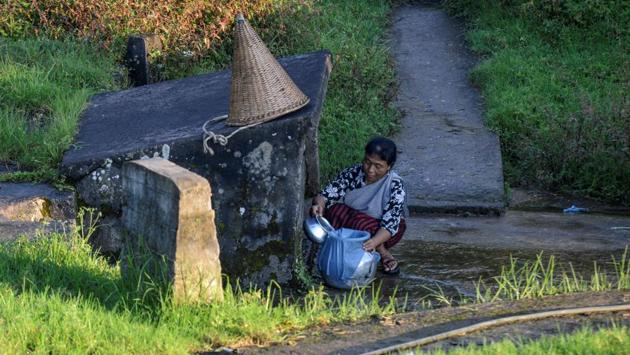
Updated on Jan 12, 2020 12:13 PM IST
A woman collects drinking water from a steam at Nongthymmai-Lumthangding village. Today the natural springs and aquifers of the area are dwindling -- so residents must save what they can, when they can, and by whatever means they can. The rains come in increasingly violent deluges, but with little storage options, most of the rain is lost as run-off. (Diptendu Dutta / AFP)
6 / 12
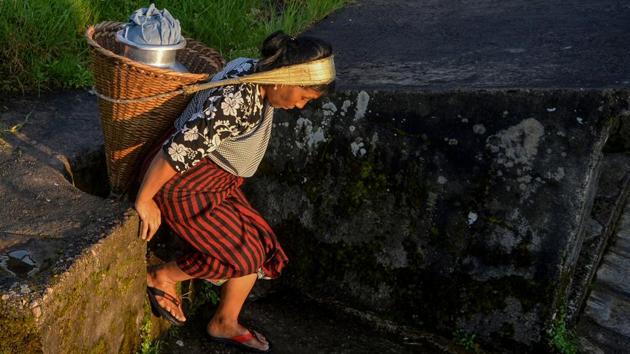
Updated on Jan 12, 2020 12:13 PM IST
A woman carries a bucket after collecting drinking water from a stream. Last July, nearly a thousand people were killed as floods swept through the eastern Indian states of Bihar, West Bengal and Assam, as well as in neighbouring Nepal and Bangladesh. At the same time large swathes of southern and western India faced severe drought. Chennai officials declared it had reached ‘Day Zero’ as the taps ran dry. The locals had to then rely on water tankers. (Diptendu Dutta / AFP)
7 / 12
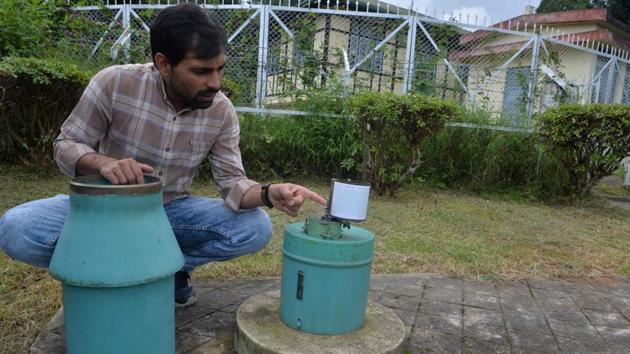
Updated on Jan 12, 2020 12:13 PM IST
An employee of Shillong Meteorological Department inspects the equipment used to collect data of rainfall and temperature in Shillong. A report by the World Resources Institute warned the nation is facing extremely high water stress, putting the health of hundreds of millions, as well as national development, at risk. (Diptendu Dutta / AFP)
8 / 12
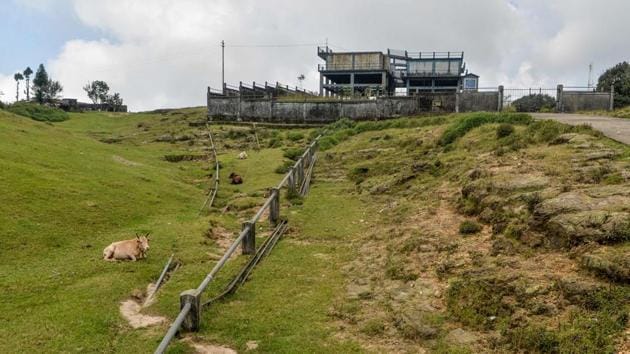
Updated on Jan 12, 2020 12:13 PM IST
A water treatment plant at Mawsynram. Some 163 million people in India, which is set to become the world’s most populous nation in the next eight years, live without access to clean water according to WaterAid, and the situation is set to deteriorate. (Diptendu Dutta / AFP)
9 / 12
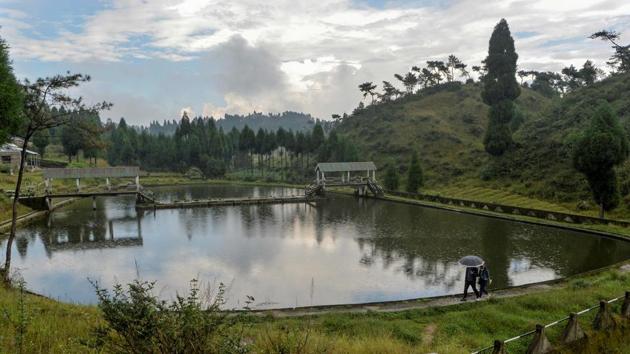
Updated on Jan 12, 2020 12:13 PM IST
A water harvesting pond and drainage retaining wall at Nongthymmai-Lumthangding village. According to the Global Forest Watch, the state has seen a 10 percent decrease in tree cover equivalent to 65.5Mt of CO2 emissions since 2000. “The destruction of forests affects weather patterns locally and globally both in the short and long term,” said Harjeet Singh, the global lead on climate change at ActionAid International. (Diptendu Dutta / AFP)
10 / 12
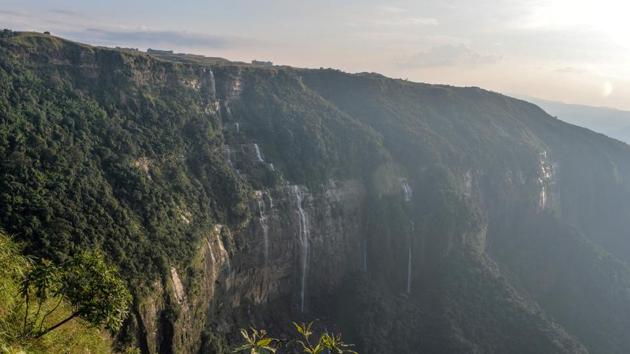
Updated on Jan 12, 2020 12:13 PM IST
The Seven Sisters Falls in Cherrapunji, Meghalaya. Meghalaya authorities are now working with communities to build rainwater reservoirs for each area. (Diptendu Dutta / AFP)
11 / 12
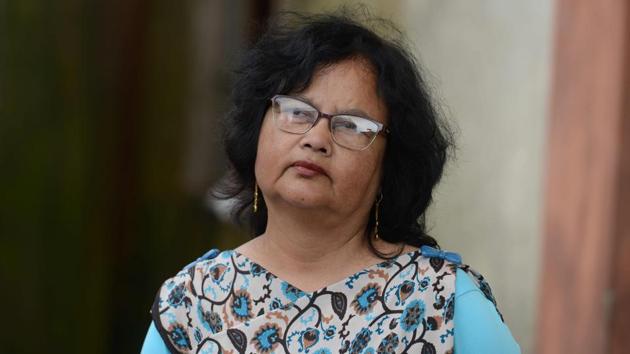
Updated on Jan 12, 2020 12:13 PM IST
School principal Miralin Kharchandy during an interview with AFP at the school premises in Mawsynram. “We never learnt to save water because there was so much water all around,” said Kharchandy, adding: “This year we just had two weeks of very heavy rain.” (Diptendu Dutta / AFP)
12 / 12

Updated on Jan 12, 2020 12:13 PM IST



